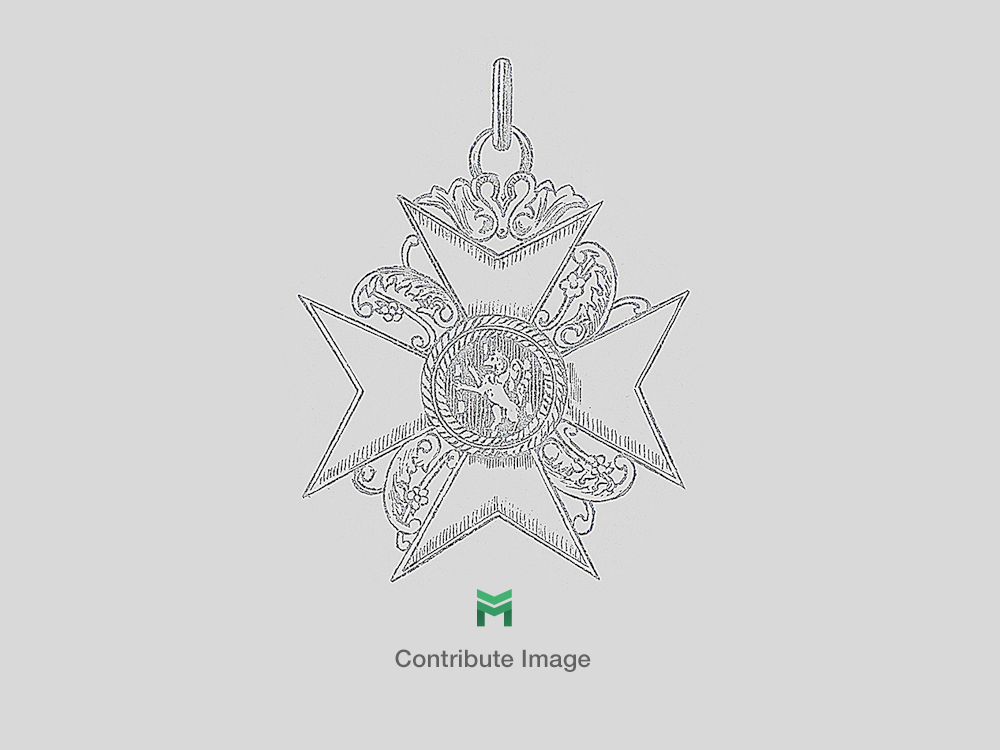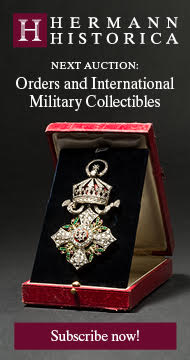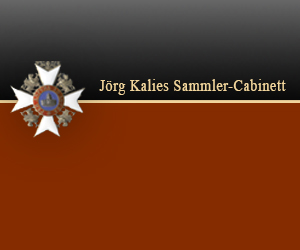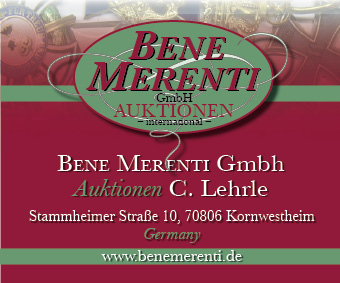WLS Unknown Rank 1 Collar Tabs
CATEGORY: Version
SKU: 56.GOR.03.02.02.03.006.000
Estimated market value:

Estimated market value:
Air raid protection organisations existed during the time of the Weimar Republic in the 1920s. However, in preparation for a coming war, a greater need for a centralised organisation under NSDAP control arose. It was established mere months after the NSDAP took control of Germany. The Reichsluftschutzbund (National Air Raid Protection League) or RLB was founded on April 29, 1933 under the control of Hermann Göring as Minister of Aviation. Naturally, its leader, as well as the nature of the organisation’s tasks, meant that the RLB would always have close ties to the Luftwaffe. All previously founded air raid protection organisations ceased to exist or were forcefully absorbed into the RLB.
The RLB’s function was to train the public on how to prepare for and deal with enemy air raids, and act as a supervisor of civil protection and defense, for both private homes and for places of work. Therefore, the RLB’s focus was split up into what was referred to as Selbstschutz (self-defense) for homes and Erweiterter Selbstschutz (extended self-defense) for places of work. Air raid protection of industry that was deemed essential to the war effort was referred to as Werkluftschutz (Factory Air Raid Protection) or WLS.
The core of the organisation was made up of high-ranking Luftwaffe officers (the RLB leader was always a Luftwaffe General) and a number of full-time salaried RLB members. These professional RLB members made up only a minority of the organisation, since the vast majority of members were, in fact, volunteers. Eventually, a law passed on June 26, 1935 made it a legal duty for almost everybody to receive training by the RLB.
In May of 1937, the Sicherheits- und Hilfsdienst (Security and Assistance Service) or SHD was founded. This was meant as a sister organisation of the RLB made up of professionals rather than amateurs, including firefighters, medical personnel, and specialist troops like public utilities repair service, gas decontamination service, or salvage crews.
At the same time, the Luftschutzwarndienst (Air Raid Warning Service) or LSW was founded. It was intended as an intermediary between the Flugmeldedienst (Flight Message Service) and the air raid protection organisations. The Flugmeldedienst was responsible for spotting enemy aircraft and determining their likely targets, so the population could receive a warning before an attack was carried out.
The SHD was split in the spring of 1942, with the Luftwaffe taking control of its mobile (motorised) units, and the Police taking control of its static units under the name of Luftschutzpolizei (Air Raid Defense Police).
The water-related units were formed into a new organisation, the Wasserstraßenluftschutz (Waterways Air Defense) or WSL. This organisation was entirely separate from and not affiliated with the Wasserschutzpolizei, the Water Protection Police. The WSL’s creation was officially announced on June 1, 1942.
The rank system of the WLS is unknown. On the basis of period photographs and private collections, as well as the assumption that rank titles were the same as with other air raid protection organisations, the rank system has been reconstructed.
Collar tabs were worn on both collars. The backing is dark green. Officer tabs feature the WLS eagle emblem. The eagle always looks inward, on both sides. The eagle’s wings are semi-folded around an outline of a factory with tall chimneys, with a swastika under its feet and the letters “W” and “L” to the left and right, respectively.
Tabs for ranks Gruppenführer and above are piped in silver twist cord. From period photographs it is known that ranks below Gruppenführer used two-colour piping. Red and white piping has been encountered. However, the purpose is unknown, as is the answer to the question if other colours than these were used as well.
Oberabteilungsführer collar tabs feature the eagle emblem with a laurel branch underneath.
Abteilungsführer wore the eagle emblem with a single laurel leaf underneath.
Bereitschaftsführer wore the eagle emblem with three downward pointing chevrons underneath, while Oberzugführer tabs had two chevrons and those for Zugführer had one chevron.
The titles of the next two ranks are unknown. Members of the 1st unknown rank wore collar tabs featuring three smaller thick chevrons above two larger thick chevrons, while members of the 2nd unknown rank wore collar tabs with two above two chevrons. Stabsgruppenführer tabs feature one above two chevrons, Obergruppenführer tabs feature three above one chevron, Hauptgruppenführer tabs feature two above one chevron, and Gruppenführer tabs feature one above one chevron.
Obertruppführer tabs feature a piece of Tresse (braids) in the shape of an “L”, with two pips in the shape of four-sided metal stars. Truppführer tabs feature Tresse with only one pip, and Vormann tabs feature Tresse only. WLS-Mann tabs are blank.

Comments
Sign in to comment and reply.


Scroll Top